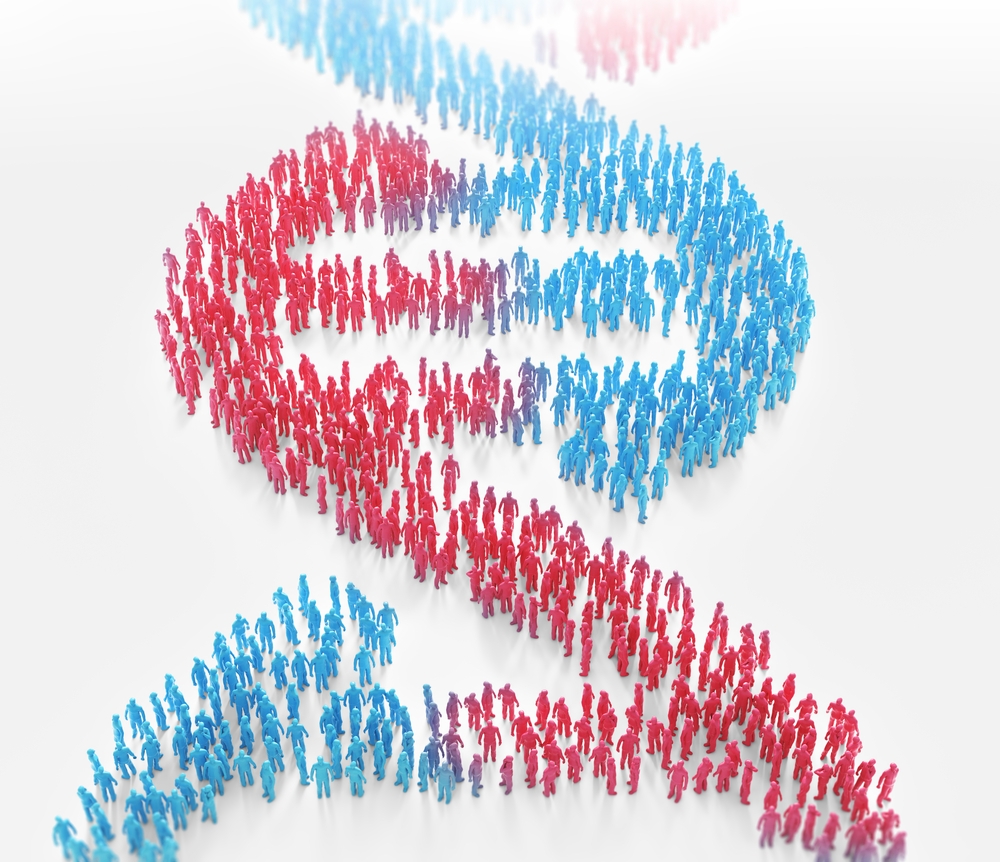Vigorous Exercise May Protect Against Effects of Genetic Obesity Risk

Vigorous physical activity protects against increases in body mass index (BMI) among people, especially white women, at high genetic risk of obesity, according to a new study of adults older than 50.
The study, “Gene-obesogenic environment interactions on body mass indices for older black and white men and women from the Health and Retirement Study,” was published in the International Journal of Obesity.
BMI is a measure of body fat based on a person’s height and weight, and is commonly used to assess obesity.
The FTO gene was the first BMI-related gene to be identified. Since then, tens of thousands of genetic variations have been linked to changes in BMI.
Currently, researchers believe that the genetics of BMI reflect the combined effect of multiple risk-associated genetic variations. This led to the use of polygenic risk scores (PGS) to assess the combined effects of known BMI-raising genetic variants.
In addition, previous studies have shown that environmental and lifestyle factors also interact with each person’s genetic risk of developing obesity and thereby influence BMI.
In the new study, researchers at the University of Hawaiʻi used data from 6,721 people participating in the Health and Retirement Study — ongoing research that assesses health outcomes in Blacks and whites in the U.S. — to investigate how BMI may be influenced by PGS and factors such as age, physical activity, alcohol consumption, and socioeconomic status during childhood.
Specifically, the team assessed 1,796 Blacks and 4,925 whites, ages 53–73.
Physical activity was self-reported by participants according to the frequency of housework, aerobics, running, swimming, bicycling, or other physical labor. They classified their physical activities as “never/some,” “two or more light,” “two or more moderate,” or “two or more vigorous” weekly activities.
Results showed that having a higher genetic risk for obesity, measured through PGS, was linked to greater BMI in men and women, regardless of race. However, the strength of the association in white people was lessened with aging.
“This suggests genetic risk for obesity becomes less influential in older adulthood,” Catherine Pirkle, PhD, a professor from the university’s Office of Public Health Studies and co-author of the study, said in a press release.
Vigorous exercise had a protective effect on BMI, which was stronger for people with higher genetic risk.
“Our findings reinforce the importance of physical activity among people with an elevated genetic risk for obesity,” Mika Thompson, the study’s lead author, said.
The strongest protective effect of vigorous exercise was seen in white women with the highest genetic risk. Their BMI was found to be, on average, 1.66 kg/m2 lower than in women who performed no regular vigorous physical activity.
The findings suggest “that vigorous physical activity may mitigate the effects of genetic predisposition to obesity, and suggest that these findings may be stronger among White women,” the researchers wrote.
Having one alcoholic drink per day, compared with no alcoholic consumption, slowed down the increase of BMI due to genetic risk among white and Black women.
In contrast, white men who had one alcoholic drink per day had a faster increase in BMI than men who did not drink at all.
Socioeconomic status during childhood influenced the effect of genetic risk on BMI only among white women. For white women with lower genetic risk, mean BMI was higher among those from poor socioeconomic backgrounds than those from average socioeconomic backgrounds.
Among white women with the highest genetic risk, the increase in BMI was greater in those from an average socioeconomic status in childhood, compared to women from poor or well-off socioeconomic backgrounds.
However, the study’s “proportion of individuals within higher levels of daily alcohol use and well off cSES [socioeconomic status in childhood] are markedly small,” the researchers wrote. “Further investigation is warranted to elucidate the interaction between alcohol use, cSES, and polygenic risk.”
Nonetheless, “the new findings may help to improve approaches to helping people to lower their BMI during their older adulthood years,” Pirkle said.




